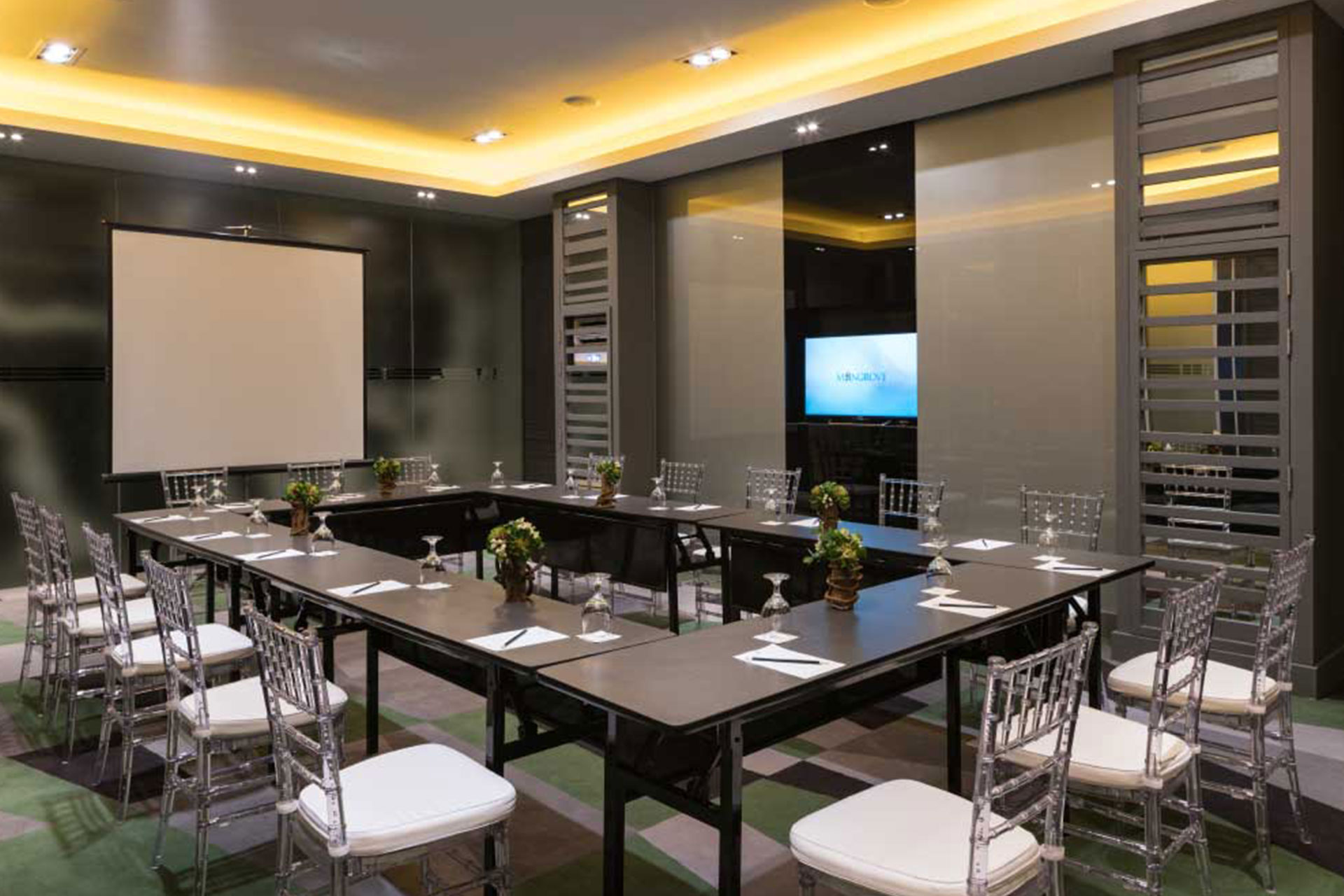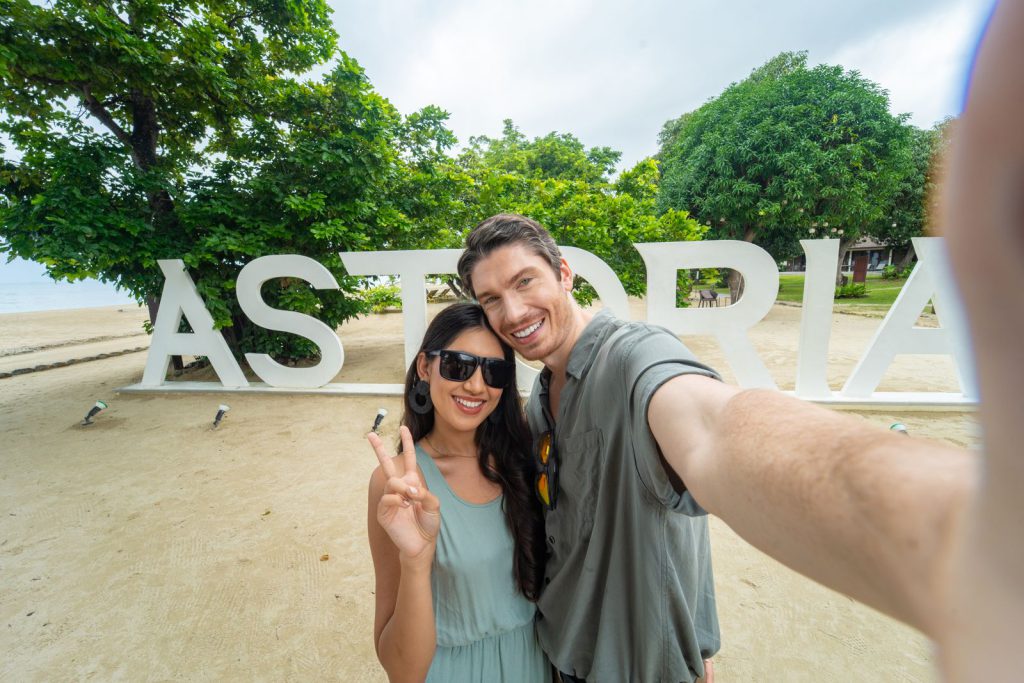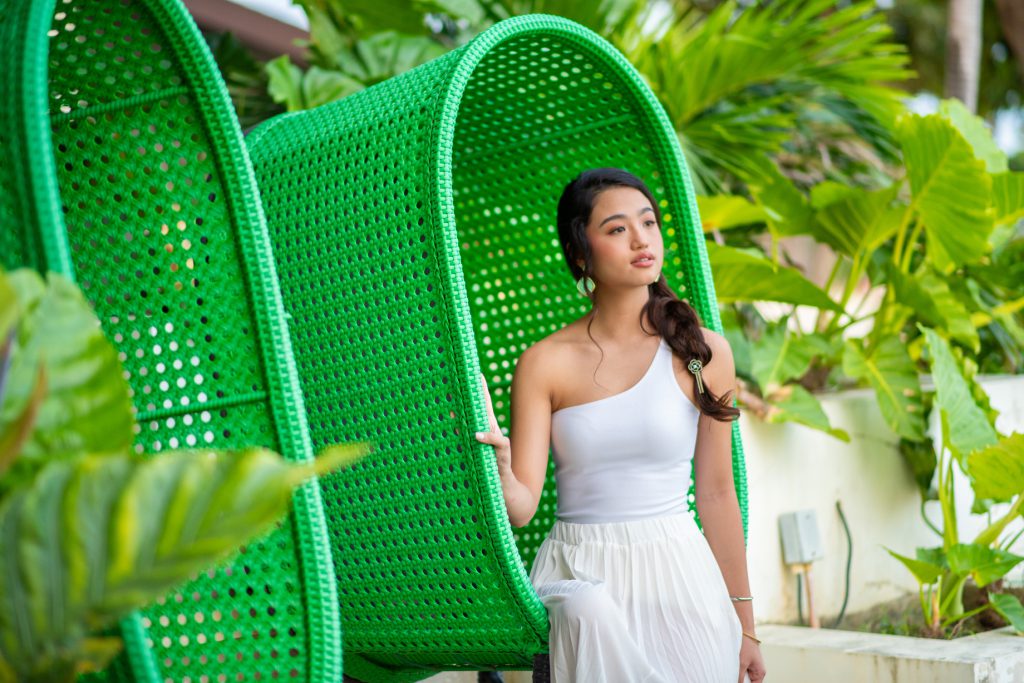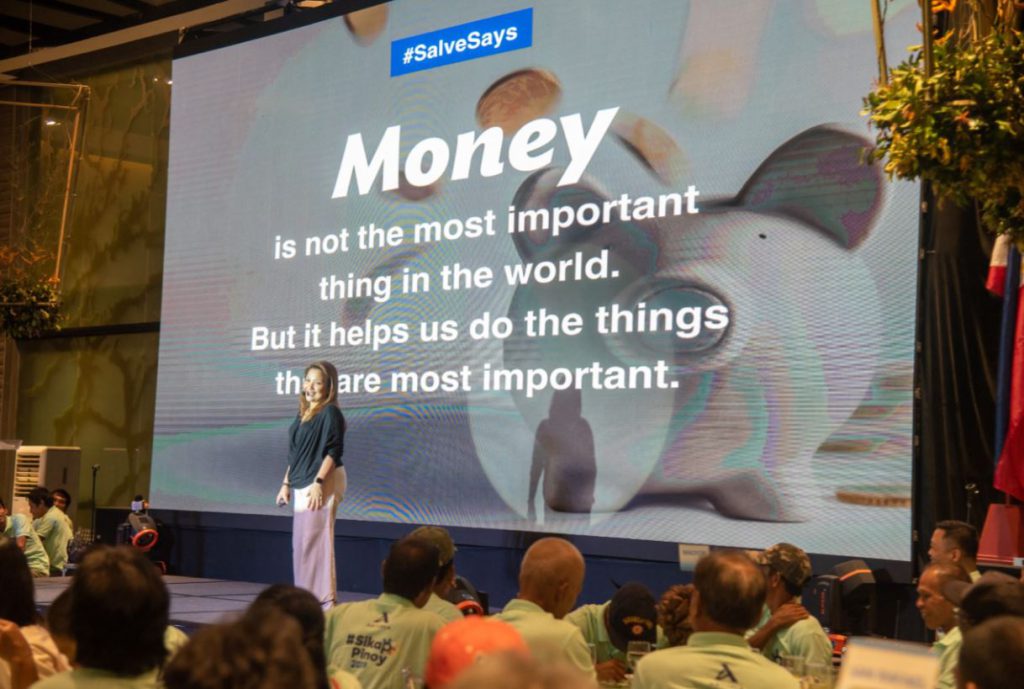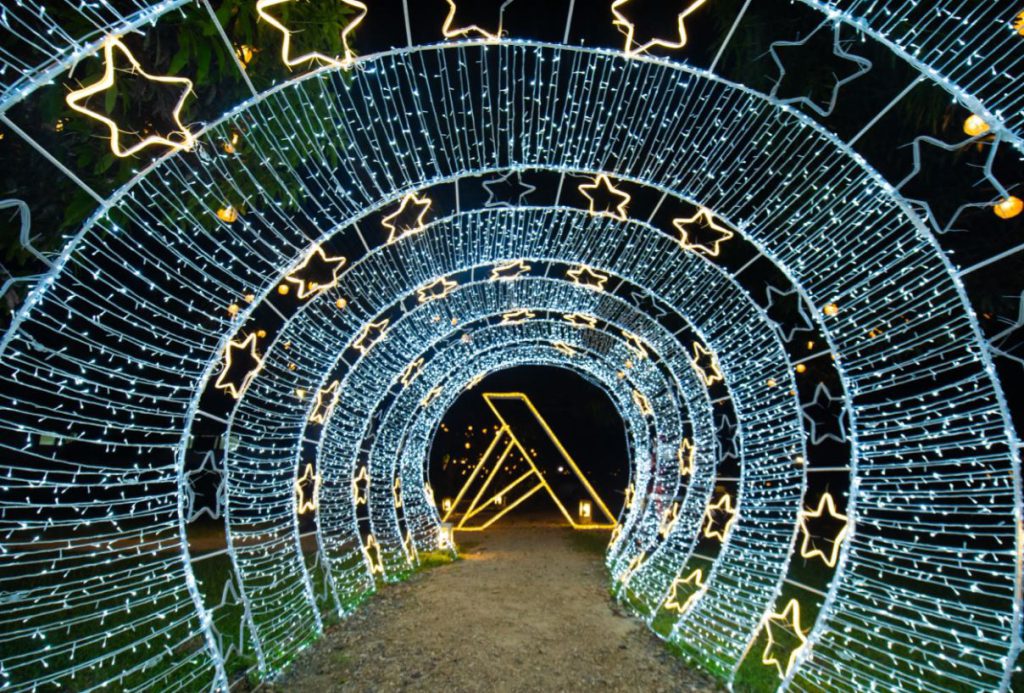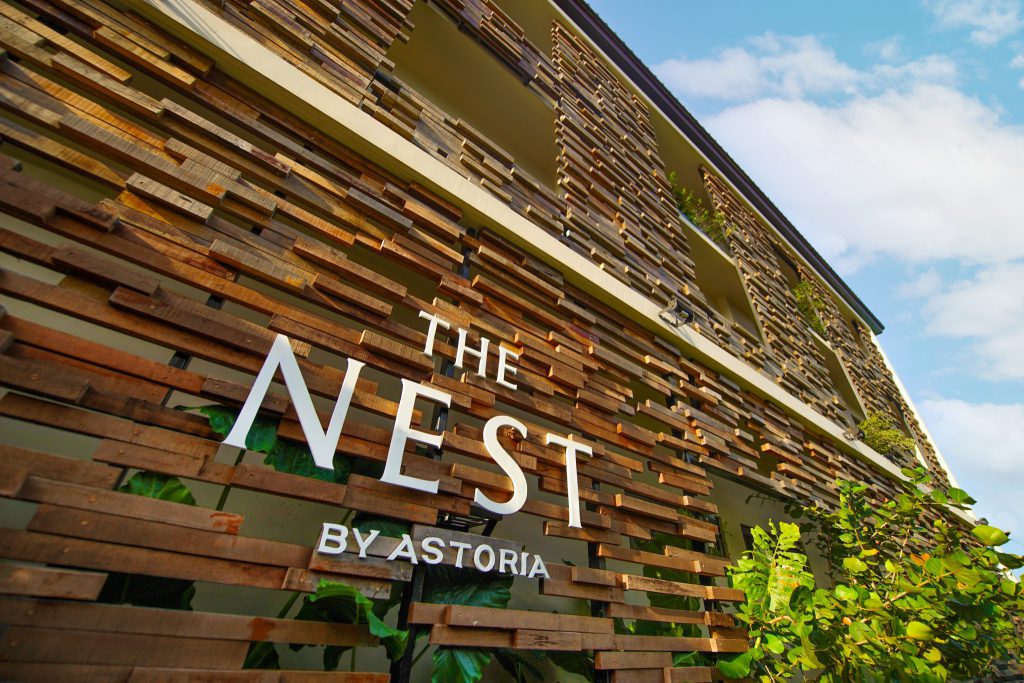The recent completion of our Mangrove Conference and Convention Center has made us think about one of the first questions we ask when a function room or convention hall is being booked- “How do you want it set up?”
The layout may seem like an insignificant detail, but believe it or not, it contributes to the success of your corporate affair. When it comes to these business events, a one-size-fits-all approach does not necessarily lead to the best results. To know which conference set-up would yield you the strongest impact, you first have to determine (a) What you want to achieve during the meeting, (b) How many attendees you are expecting, and (c) What equipment you will be needing.
To help you out, here are a few of the most common conference set-ups you can choose from for your next meeting:
1. Auditorium Set-up
Also known as the Theater Set-up, a row of chairs are placed facing the front of the room where the stage or platform would be. Ideally, center or side aisles are created and used to hold mic stands in the event that attendees are encouraged to ask questions or interact with the speakers. This type of set-up is perfect for mass or general meetings in which note-taking is not necessary so you have the liberty to achieve the maximum seating capacity of the available space.
2. Classroom Set-up
This style is exactly what it sounds like. Similar to the Auditorium Set-up, chairs are arranged in rows facing front, but to enable taking down notes or using laptops or tablets, individual or long desks are prepared as well. The Classroom Set-up is most appropriate if you are going to use the venue for corporate lectures and training. Make sure you give people enough space on their allocated tables because when it comes to learning, comfort is an important factor.
3. Boardroom Set-up
In this particular layout, delegates are seated on all sides of a large conference table so it is best used for board meetings (hence, the name) and other smaller functions. The Boardroom Set-up works great for meetings that require constant interaction or discussion among attendees. Typically, the end sections of the conference table are occupied by high-level executives.
4. U-Shape Set-up
An alternative to the Boardroom Set-up, the U-Shape style is perfect for relatively smaller groups where attendees are expected to collaborate. In this layout, rectangular tables are placed to form a “U” and participants are seated on the outside part of it. This set-up allows the speaker to walk around and inside the “U” to interact with the attendees.
5. Hollow Square Set-up
The Hollow Square Set-up is basically a closed “U”. Here, rectangular tables are arranged in a rectangle or square layout with the center left empty. This layout is an effective choice for larger committee or board meetings especially if you want a sense of equality among attendees because there is neither a “head table” nor an “end section” space for a solo executive occupant.
6. Banquet Set-up
Perfect for large groups, the Banquet style commonly makes use of round tables arranged and spread out across the available space. Attendees are assigned their specific tables and since this layout’s main advantage is comfort and space, food can be served on the table itself. The Banquet Set-up, as the name suggests, is perfect for receptions, gala dinners, and conferences with a large number of participants.
With various set-up options to choose from, all you have to do is finalize the basic details of your upcoming corporate affair and we here at Astoria Palawan will have the Mangrove Conference and Convention Center ready for your next meeting!

